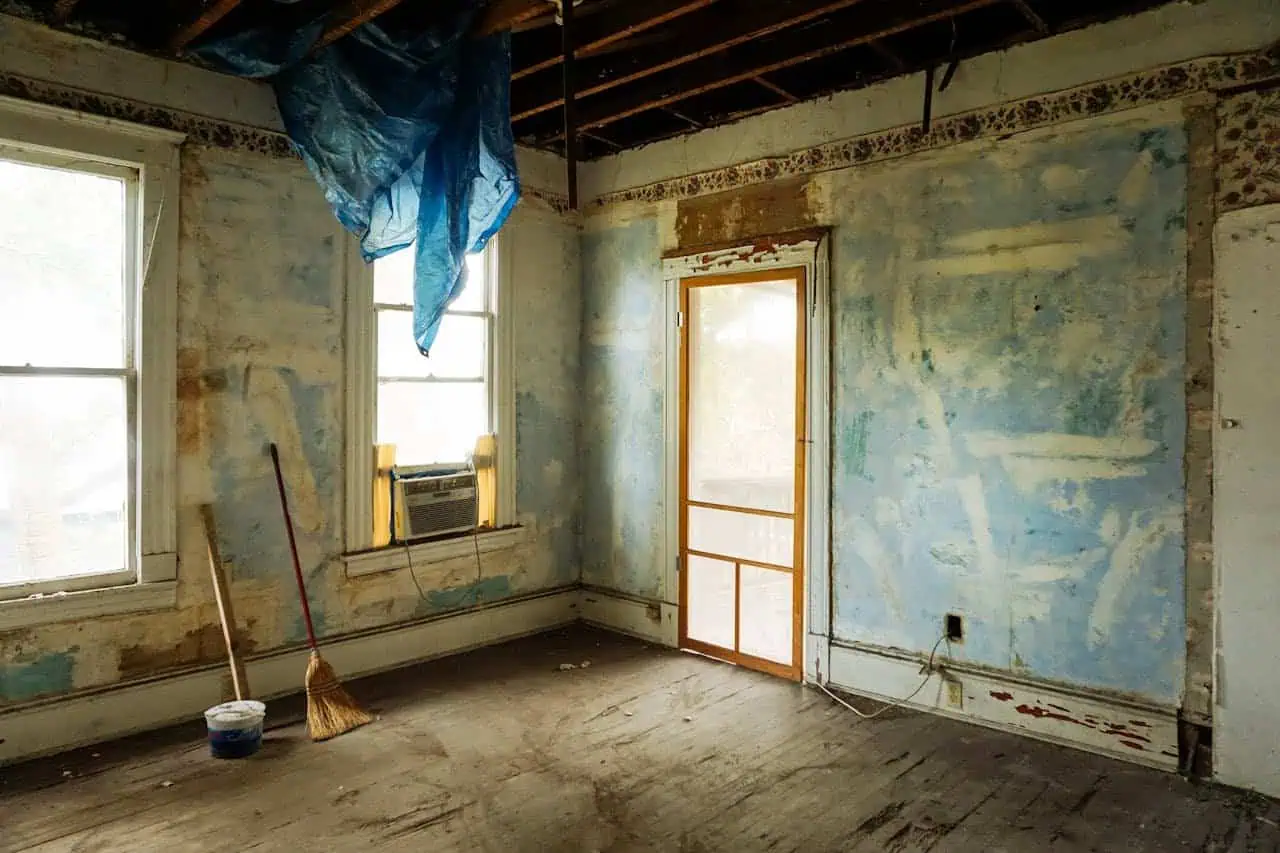Many renovators rush to the sledgehammers without considering what’s behind old plaster and flooring. In the excitement of transformation, hazardous trash is often overlooked. Not all British restrictions are red tape. They exist for good reason. Neglecting this project aspect may lead to regulatory issues, health hazards, and other consequences. Hauling debris and hoping for the best is not enough. All responsible renovators owe it to themselves, their neighbours, and prospective tenants to contemplate before throwing anything in the skip. Special treatment and disposal are needed for some materials.
Identifying Hidden Risks
Consider the centuries-old house with layers of mystery within its walls. Lead paint? Asbestos insulation? No one should pretend these are relics from some distant past. They persist in buildings across Cheshire and beyond. This is precisely where clear thinking becomes absolutely vital. At this point, companies like Chain Demolition intervene, armed with expertise that is impossible to fake or improvise on-site. They understand not just what’s old but what’s dangerous and how day-to-day renovation decisions intersect with strict disposal protocols designed by law (and common sense). What seems harmless often isn’t. Expert guidance can distinguish between safe progress and real trouble.
Handling Hazardous Materials Safely
One might imagine that tossing rubble is no more complicated than lifting a bin bag after spring cleaning, which is utter nonsense. Certain substances insist on their set of rules, refusing to play along with convenience. For asbestos alone, full protective equipment isn’t optional. It’s essential, even life-saving in the long run. Mercury switches, fluorescent tubes, and solvent-soaked rags all require individual attention before leaving a property for good. The takeaway here: shortcuts save neither time nor money if fines or health problems hit later on down the line. Professional services provide detailed risk assessments as standard practice, rather than as an afterthought—a necessary investment every sensible renovator makes.
Legal Responsibilities and Fines
Is anyone interested in contacting the council enforcement team? Unlikely. The UK mandates hazardous waste documentation from origin to disposal. Waste transfer notes protect against responsibility if something goes wrong in the chain of custody. Dumping prohibited items can result in uncomfortable warnings and eye-watering fines that could destroy any project budget overnight. Renovators who stay current on the law achieve compliant projects and no surprises six months after completion.
Choosing The Right Professionals
Credentials matter when waste is involved. Anyone claiming otherwise invites disasters, small and large alike, onto their sites. Trusted demolition specialists bring knowledge born not only from training but also from years spent navigating unpredictable situations unique to renovation work across Britain’s varied housing stock. You should never assume you have the right insurance coverage. Trustworthy companies will provide documents quickly if clients or architects ask about any hidden liability issues that might only show up during an accident or audit. Ultimately, those who partner wisely find peace of mind less elusive than many believe, even when faced with properties filled top-to-bottom with hidden hazards.
Conclusion
Any building project carries unpredictable baggage under its dusty surfaces. The wise treat each discovery seriously rather than dismissing it as someone else’s problem down the road. Following established procedures for hazardous waste doesn’t hinder creativity or momentum. Instead, it clears space for safer constructions tomorrow while safeguarding both people and reputation today alike. Renovators embracing responsibility finish stronger every time. The evidence lies scattered everywhere. Numerous neglected job sites nationwide have already suffered due to failed shortcuts.

